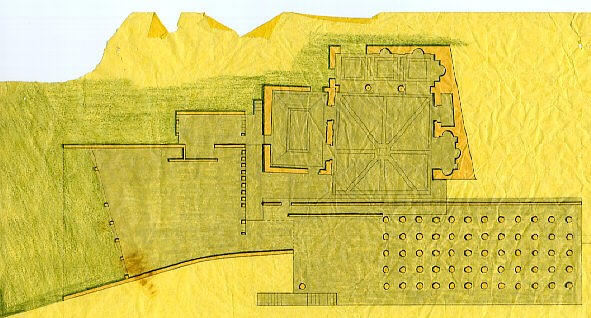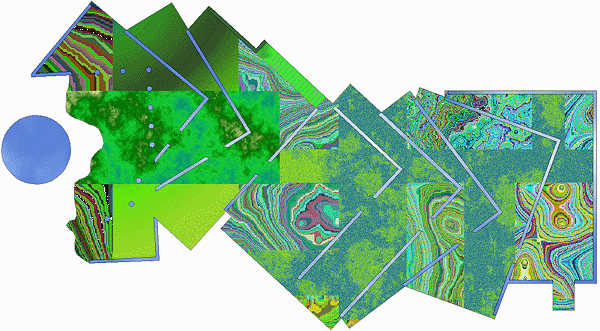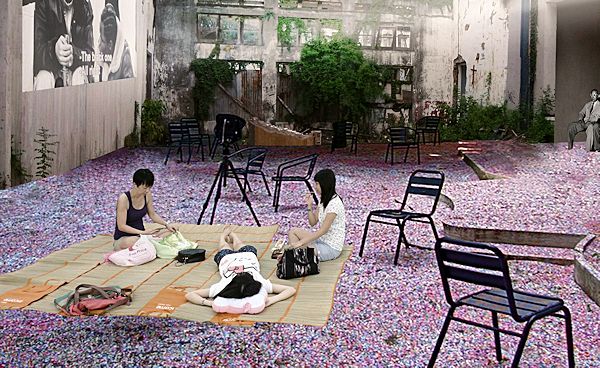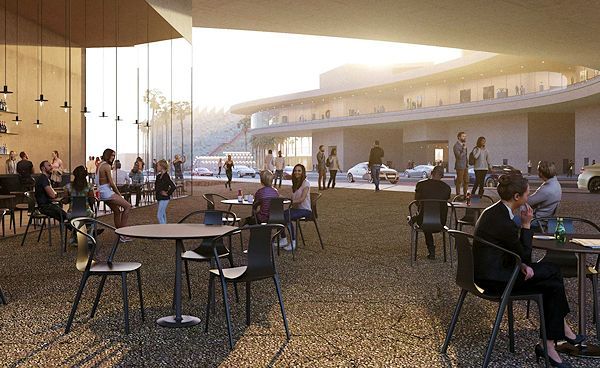2017.03.17 22:17
What music are you listening to?
headroom era
https://www.youtube.com/watch?v=ux3u31SAeEM
2017.03.25 21:32
Sam Jacob explores the "Age of Post-Digital Drawing" for Metropolis
architectural otherness
1982 to 2016


| |
2017.03.28 13:25
9 December
"Philadelphia's Best Buildings"
1984.12.09
4004g h i j k l m n o
favorite sentences from the article:
This is one of those rare buildings that scolds its occupants. "Talkers are no great doers," says one of the windows. "There's little choice in rotten apples," says another.
2017.04.11 14:58
chairs, the future

OMA Kota Tua Jakarta 2014

Atelier Peter Zumthor LACMA Expansion Los Angeles . 2017
| |
2017.05.29
"This is where...
"This is where the issue of curating comes in.Curating today has largely lost what was traditionally its primary functions of conservation, as well as its site and collection specificity, and become principally associated with display and interpretation.3 With architecture, the two functions of caretaking and exhibition rarely go together. The central paradox of the architecture museum--that it doesn't collect or exhibit its subject--bears repeating, as does the consequence of this circumstance: that the experience of architecture in exhibition is very different from the experience of architecture as a material and spatial object in physical space.
There is another paradox inherent in the architecture exhibition. By privileging objects generated in the course of imagining, producing, and recording architecture, the exhibition inevitably shifts the focus from finished object to process, from built work to idea, from the physical properties of the building to its conception and critical reception. Paradoxically, in other words, the limitations of the architecture exhibition, its dependency on documents of a process rather than the results of that process, have contributed to a conception of architecture that is concerned not so much with objects in the built environment as with constituting a body of knowledge, a set of practices, a way of thinking and operating in the world.
At the same time, the focus on process and conceptualization inherent in the architecture exhibition has had the equally significant (coincidental?) effect of erasing the distance between the architectural work and its author. In built work there always exists a distance between the object and its designer--a distance that opens the work to experience and to the interactive construction of "meaning" with its users. The exhibition structures a relationship between the author and the work that derives from traditional museum practices. It both reinforces and avant-gardist conception of the architect as artist and closes the architectural work itself off from active and contingent experience and engagement by the user. In other words, it strips architecture of its agency as material intervention in the physical world."
Eve Blau, "Curating Architecture with Architecture" in Log 20 (2010), pp. 20-1.
2017.06.01 09:20
Federica Buzzi's critique on the Le Corbusier Modulor
Read yourself some Kenneth Clark to find out that da Vinci's "Vitruvian Man" is already distorted.
2017.06.03 10:12
John Hejduk drawings
There are some drawings with dimensions of both Berlin housing projects (not sure which is Tegel) in the Hejduk book Vladivostok. The dimensions are in metric.
2017.06.06 09:56
Architecture and Existentialism
Are you suggesting that the term 'architecture' can/should now be used to describe the morphology and physiology of the universe? If so, then perhaps we are now in a universe where the cart has moved in front of the horse.
Like they say, light bends, eventually.
|